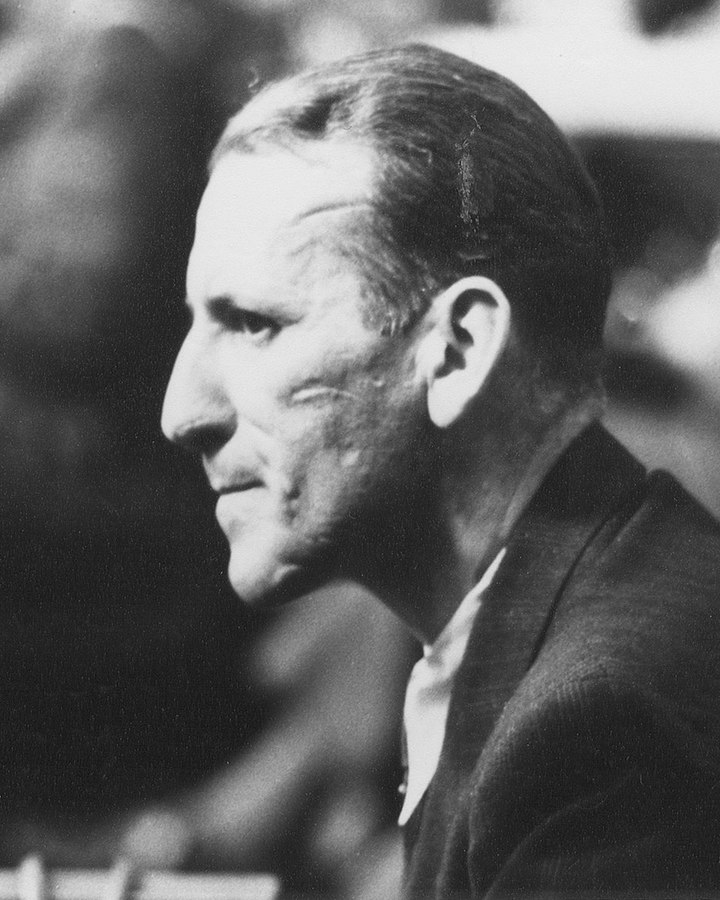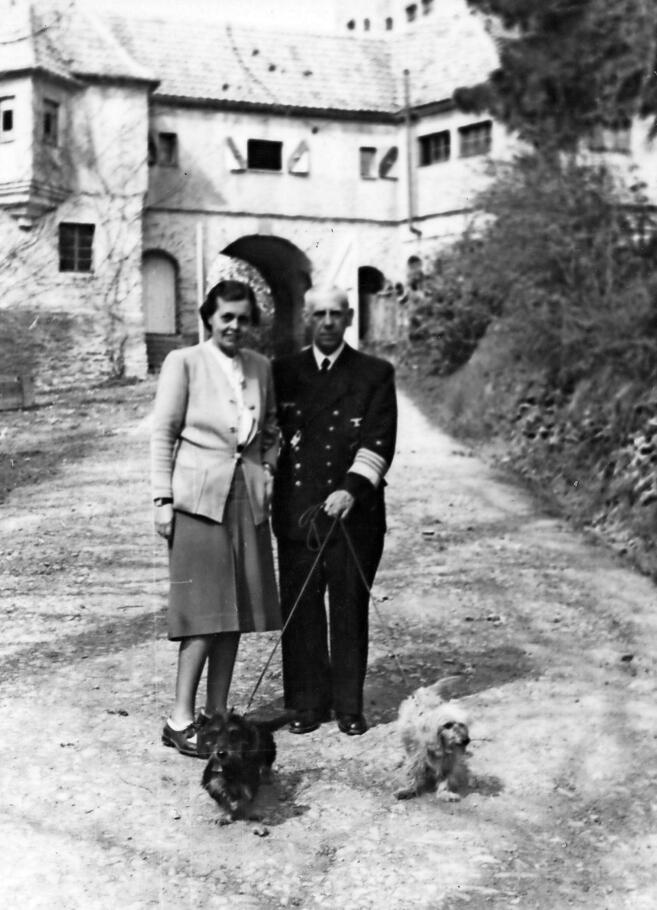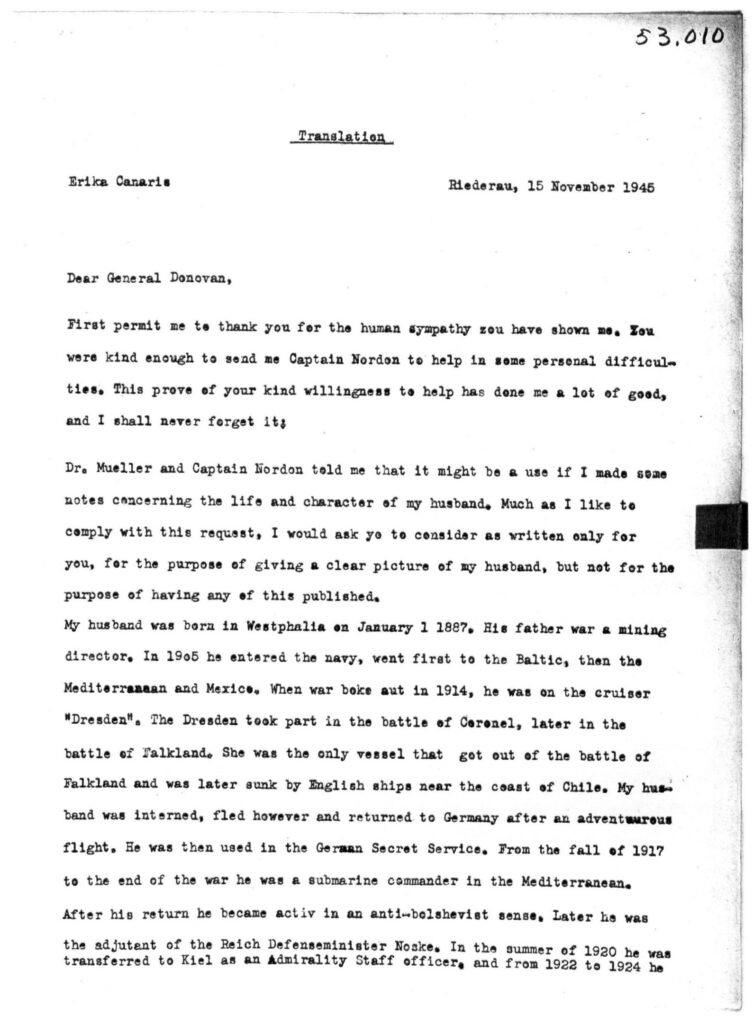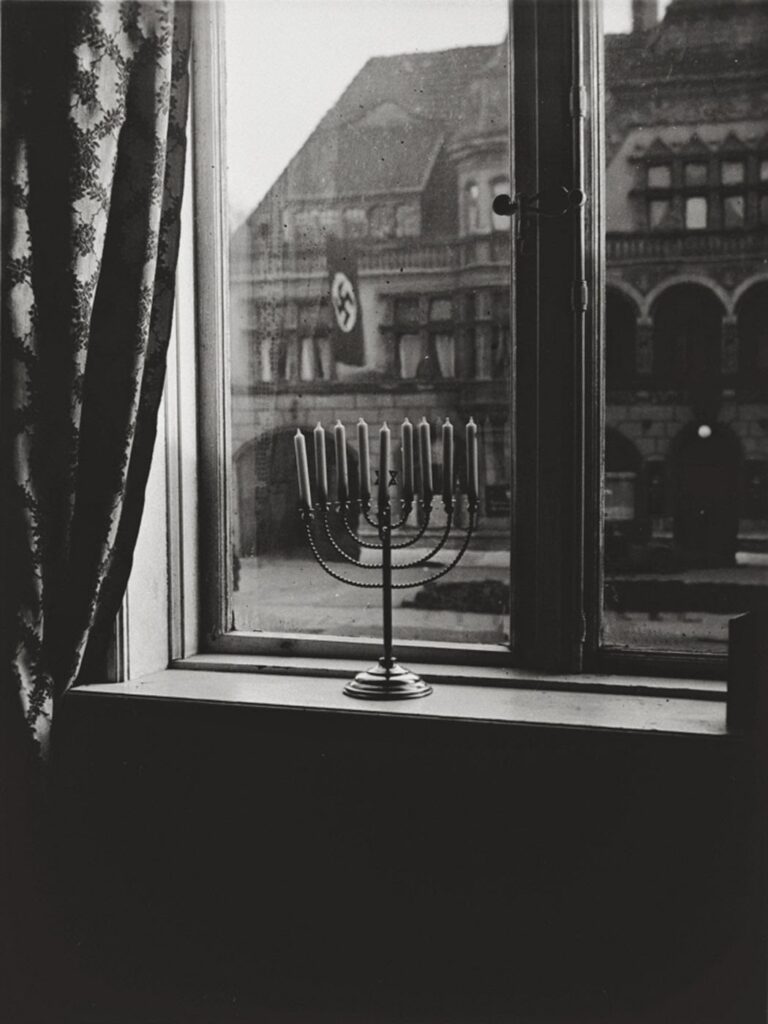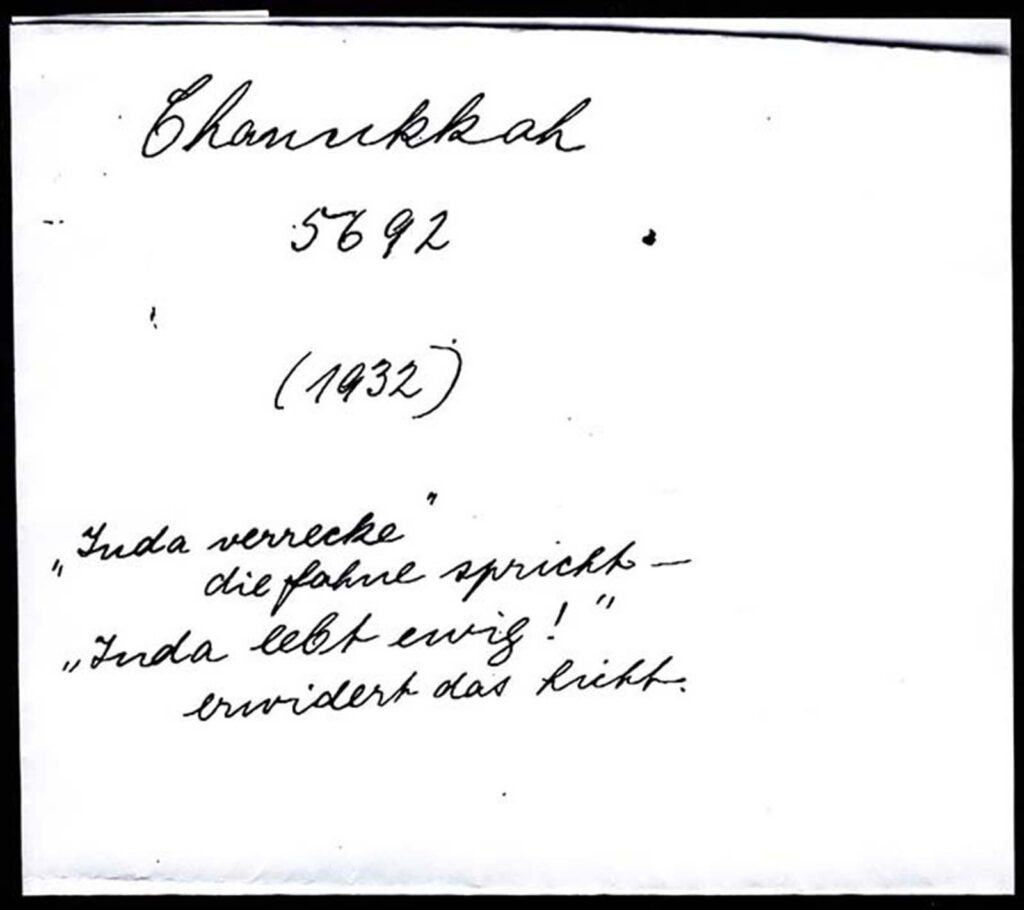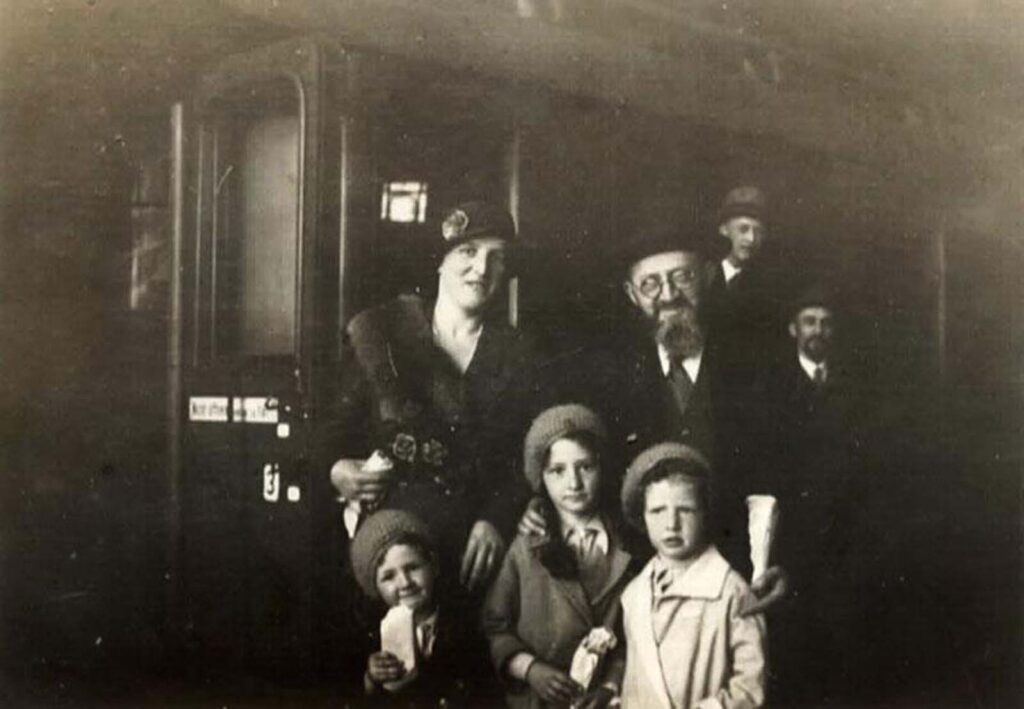My visit to Kiel – The suburbs and surrounding areas
After walking around Kiel for a day, and treating myself to a ‘Hearty Tavern Pan’, as Google translated it, a tasty meal of meat loaf, two types of Würstchen in a beer sauce, and fried potatoes, washed down with a couple of beers, I slept well, rising early to catch one of the first ferries that set sail from Bahnhofsbrücke, the pier near the station.

The Laboe Ferry called in at various points on both sides of Kiel Hafen on the way to its final destination, almost at the mouth of Kieler Förde where it opens out into the Ostsee, or Baltic Sea.

As we pulled away from the dock, the sun broke through the clouds and lit up the church towers on one side, and the shipyard cranes on the other. The city centre, around the Innerhafen, is low and flat and only the waterfront buildings were visible but, as we passed the Fischhalle on our port side, and the Arsenal Mole on the starboard, the land behind the west shore began to rise a little; the parks and suburban homes of Dusternbrooker were a backdrop to the former Kriegsmarine HQ and Imperial Yacht club on the foreshore.


On the starboard side, the naval shipyard gave way to the entrance to the River Schwentine, the inlet lined with smaller boatyards on one side, and apartment blocks and parkland on the other, with a marina at its head, near to the Schwentine bridge.

North of the Schwentine, cruise ships and ferries lined the wharfs, instead of the naval ships that victualled there during WW2. The oiling jetties and the moles of 1939 would be a significant part of the trilogy.
Then, as Kieler Förde opened out, and the ferry hugged the east shore, Kiel’s heavy industry gave way to the trees and small sandy beaches of Hasselfelde and Mönkeberg.

Rounding the point at Heikendorf, where Erich Kästner had watched Der Sturmtaucher sail towards the Marine Barrier in Flight of the Shearwater, I could see Friedrichsort lighthouse ahead, at the end of the spit of land jutting out into the Förde, narrowing it to less than a kilometre again, protecting Kiel Hafen from the worst of the Baltic storms, making it one of the largest and safest harbours in the world.


Passing the lighthouse, which Erich and his friends had sailed to blindly in The Gathering Storm, emerging from the fog just as the lighthouse came into view, I could see Laboe ahead, with it’s yacht marina, small harbour and strand, or beach, stretching out as the land curved round to become the Baltic shore. In the 1930s, the harbour brimmed with fishing boats and the ferry docked on the inner pier.

In the distance, the Laboe U-boat memorial, dedicated to submariners killed in the First World War, rose 85 metres into the air, the highest point for miles around. At its base, a restored WW2 submarine, U-995, is open to the public. I’d like to have added it to my itinerary, but I knew that time was limited and there were more pressing places to visit.

This was as far north as the ferry took us, and I stayed on for the return journey. As we left Laboe, across to the west, at Schilksee, I could just make out the Olympic Marina. The games came to kiel in 1936 and again in 1972. The medals for the larger boats were fought out on the course between Freidrichsort and the mouth of the Förde. The races for the smaller classes took place in the more sheltered waters closer to Kiel.

The Ferry called in at Friedrichsort then, heading back to Kiel, it took us closer to the entrance to the Kiel Canal (The Kaiser-Wilhelm Canal prior to 1948), one of the busiest man made waterways in the world. It features in the book, most notably when the General’s yacht passes through it on the way to the North Sea, taking his youngest daughter Antje sailing there for the first time.

Approaching Die Hörn again, and the Keil waterfront, with ships and boats of all varieties, commercial, leisure and naval, I began to appreciate just how much Kiel was first and foremost a port, and how important sailing and seafaring was to the city’s lifesblood, and how well it suited my story.
But there was more I wanted to see.
I’d hired a car when I landed in Hamburg, visiting Denmark for a couple of days before arriving in Kiel. I retrieved the car from the car park I’d abandoned it in and followed the road around end of Kiel Hafen to the Gaarden district of Kiel, on the east side of the harbour.
Adjacent to the shipyards, the districts of Gaarden, Wellindorf and Dietrichdorf had been severely damaged in the allies attempts to shut down production of ships and submarines from the Keil yards, and to prevent repair of any damaged vessels. I wasn’t expecting to find much of the ‘old Kiel’, but the odd building, such as this one on the corner of Preetzer Chaussee and Ostring, had survived.

I stopped at the side of the road and tried to imagine the thousands upon thousands of platers, drillers, riveters, boilermakers and fitters streaming throught the high gates of the shipyards building the battleships, destroyers and U-boats for the rapid expansion of the Third Reich’s navy, some of slave-labour from the work camps located close by, and of the death and devastation that decimated the shipyards and the surrounding districts, and the men women and children lost to the brutality of war.

Deep in thought, I followed the map, turning right off the main road, almost forgetting to drive on the right. A few blocks on, rounding the corner, I was in Stoschstraße, where Samuel and Renate Nussbaum, Yosef’s parents, lived.
I had a scene in my mind, of a woman walking these streets with her children, looking over her shoulder in fear as the black cars and the brown uniforms of the SA scoured the streets for Jews.

A mixture of buildings had survived, facades had been saved and new apartment blocks built with a similar footprint, and it made the street remarkably familiar. A childhood memory of walking down a similar street to catch a glimpse of the QE2 being launched burst into my mind, and I realised that Stoschstraße could be any street in Govan, or Partick in Glasgow, close to where the Clyde shipyards once dominated the city, and I began to feel more of a sense of Kiel as a shipbuilding town.
By the time I’d reached the River Schwentine, crossing from Wellingdorf over to Deitrichsdorf, the sun was splitting the skies and I stopped at the Schwentinetalfahrt, where you could hire small punts to explore the Schwentine river, or take a trip in one of the small tourist boats.

I didn’t stop long – I wanted to see where the wartime naval victualling yard had been – it would become a key location in the trilogy, but none of it remained – instead of the oiling jetties and loading moles, there was a ferry berth and a cruise ship terminal, but Heikendorfer Weg still passed by where the dockyard entrance would have been.
I took the ring road back, for quickness, exiting it at Hamburger Chaussee, the main route to Hamburg before Autobahns were built in the 1930s. I’d found the ideal location for the Kästner home on Google Earth, on the shores of a small lake, Drachensee, on the outskirts of Kiel. A couple of larger lakeside houses sat at the side of Hamburger Chaussee, their wooded gardens running down to the water’s edge, with boathouses, and I could just imagine Admiral Kästner and his family, then his son, General Erich Kästner, living there, sailing small dinghies on the lake in summer; the Nussbaums, their domestic servants, living in a cottage in the grounds. I parked the car and walked along, catching only a glimpse of the lake through the trees, but it was perfect. The house I had in mind for the Kästner’s neighbours, Eberhard and Beate Böhm, and their daughter, Lise, was as it had been in 1933, at the start of the Trilogy.
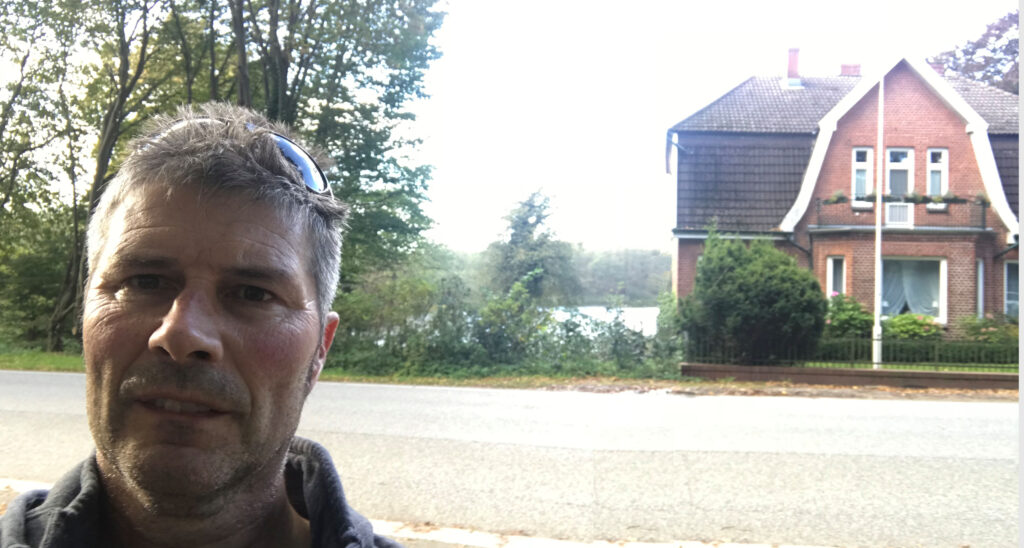
Leaving Drachensee, I drove on out to Schulensee, the source of domestic water for the residents of Kiel, and turned right, heading for Hassee and Russee, on the main Rendsburg road. I parked in the supermarket car park and walked down by the sports ground to the side of another lake, Russee, slightly larger than Drachensee and on whose shores sat the Nazi ‘educational’ work camp, Arbeitserziehungslager Nordmark.

A concentration camp in all but name, and run by the Gestapo, there was little left, save for a small memorial erected in a clearing, for the German and foreign slave workers who had been sent there to punish them for slacking, or other misdemeanours, and to re-educate them to be ‘model workers’. They died in their thousands in AEL Nordmark, though few people know the history of these camps, which existed in every corner of Nazi Germany.


Although it was a warm day, I shivered as I returned to my car.
I had one last place I wanted to see, a drive northwards to Holtenau, and the locks at the entrance of the Kiel canal. The locks, and the canal, were massive, and I imagined the Kästner family on their sailing trip to the North Sea, and the islands of Wangerooge, Heligoland and Föhr.

I drove back through Wik and the northern suburbs of Kiel, returning to my room in Lange Reihe, to collect my bags, heading for Hamburg and my flight home. I took one last look at Kieler Hafen as I drove along Kaistraße, and made for the Autobahn.

More detailed maps can be found on the website and you can download my route on Google Maps. I’ll be posting about the other part of my trip, to Esbjerg in Denmark. I travelled there before I went to Kiel, but it does contain some spoilers, so I’ve left it until last, and the parts of the trilogy that take place there are much further on in the story.




































